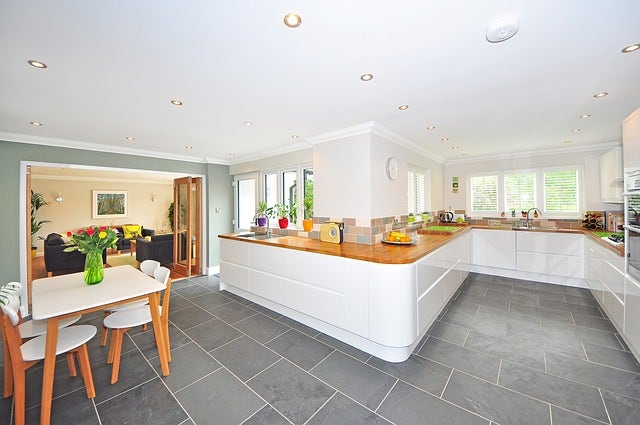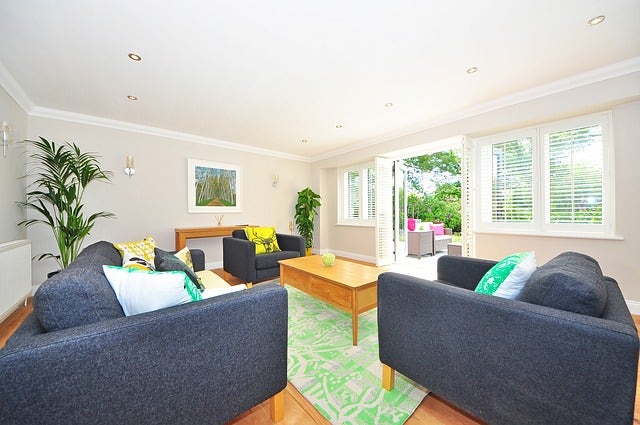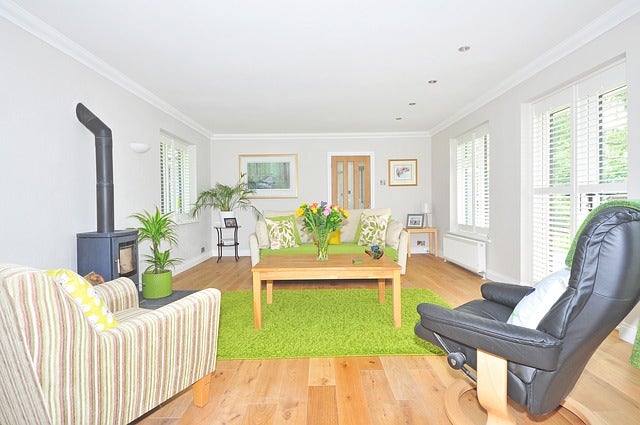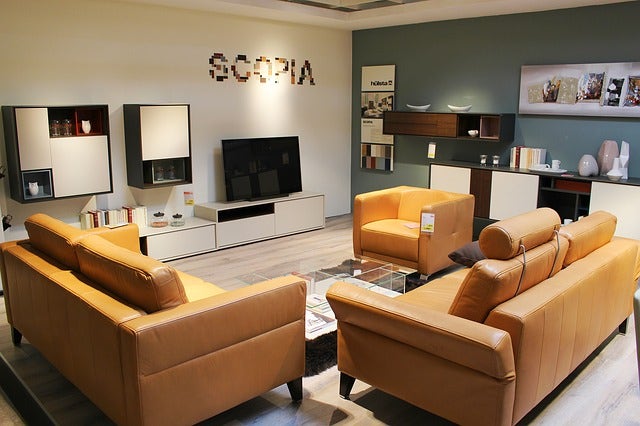
Interior design photos have become big business in recent years. While they used to be the domain of real estate agents and design magazines, these days everyone can share their interior design skills on blogs and social media.
Whether you want to do it professionally, or you just want to experiment with it, our tips will help you take impressive interior photos.

Find the Best Perspective
Perspective is important if you want to capture the room from the best angle. Set up in a corner that will allow you to capture the best aspects of the room.
Think about what feeling you really want to capture when taking your interior photos. Inspiring? Airy? Cosy? Position your camera close to the corner and high up for the widest angle that will capture the most detail.
Perfect Interior Lighting
Lighting is the key to taking impressive interior photographs, but it can be hard to find the right way to light a room. You don’t want the room to be too bright, but you don’t want it to be overly dark either.
Natural light is always best. Shooting in the middle of the day will create harsh shadows, so try shooting in the morning or evening. In interior photography, cloudy days are actually the best because the light is softer.
Play with different combinations of lights. Some of the best interior photography these days uses natural light in conjunction with lamps that add localised gold tones.

Style Your Space
Before you begin snapping away, you will need to set the scene. A messy space is hardly an inspiring one, so tidy up the space and consider decor placement carefully to best represent the room.
Once you have tidied up, add some finishing touches. A vase of flowers freshens up a room and adds a lovely pop of colour. An eye for detail will go a long way in interior photography.
If the room looks full or busy, take something away. Remember to balance out the scene. This might mean moving a piece furniture slightly to the side or adding a floor lamp.
Stability with a Tripod
Nothing looks worse than blurry, shaky images. Yet holding your heavy camera steady enough to take the shot can be difficult. So that you don't risk blurry photos, invest in a tripod.
A tripod will ensure your interior photos look sharp, clear and professional. If you’re still finding your photos aren’t as crisp as you’d like, a camera timer will keep your camera as still as possible.

Wide Angles
There are a lot of ways to get the most out of your interior photography. To capture the entirety of your space, you might want to consider investing in a wide-angle lens.
Look for a lens ranging from 16mm to 24mm, as these will give you a great wide shot of the room. Any wider than 24mm and your images might come out distorted.
You can experiment with standard and macro lenses when trying to capture finer details. And a panoramic shot can be a fun way to get every corner of the room in a shot.
Depth of Field
Fantastic interior photography relies on good depth of field, which you can adjust with your aperture settings. A low aperture will sharpen the foreground and the background and is best for large spaces capturing all the detail.

Shoot in Raw
Shooting in RAW will give you more control over the finished product. RAW file format means your photos are uncompressed - they are essentially untouched. Because RAW photo files contain more photographic information, you’ll have more options when editing the image.
Experiment in Post Production
Having shot in RAW, you can now use a post-production program to edit your photos. When shooting interiors, it can be difficult to get everything perfect. But a photo-editing program will help you fix over- or under-exposed images and edit contrast, highlights, shadows, and cropping.
For amazing interior photography, you need the best equipment. See our huge range of cameras and accessories online today.
